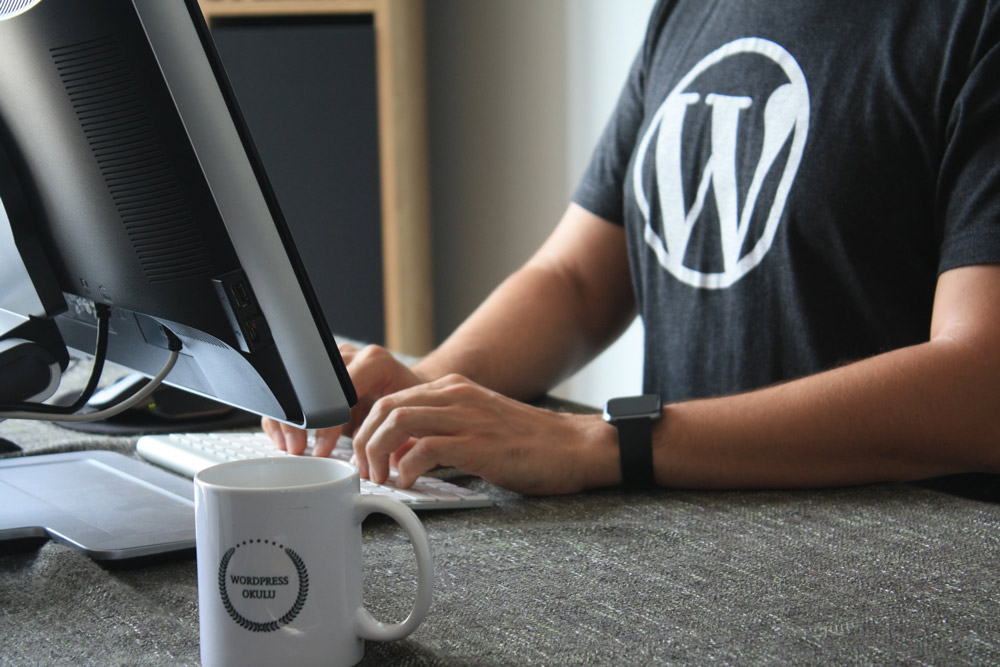If you would like the first part of this guide/blog post please click this link and it will take you through to the local wordpress installation part 1. Once you have installed xampp then you will need to do the following things to have WordPress work on your PC.
Download WordPress Files

1. Download WordPress files from wordpress.org/download and unzip the folder in your downloads folder.
Move WordPress files to a unique folder within the XAMPP folder (htdocs)
2. Open the location of where you store your websites using XAMPP and create a folder named something sensible such as the name of the website you are developing.
Don’t install WordPress into your site folder it’ll make it harder to manage multiple developments. Copy all the files you downloaded and place them in your new folder for the website you want to develop.
Setup the database in PHPMyAdmin
3. Next, you will need to set up the database in PHPMyAdmin to do this you will need to open the XAMPP Control Panel to ensure and Start MySQL so it is in green like the image below.
Once it is green that means it is active so click Admin ( highlighted in the screenshot above ) and type a name for your new database (see screenshot below). This is important because you will need the name of the database when activating WordPress.
Add a new database user
4. Next, you will need to add a new user for the database (not for the WP admin sign-in). To add the username click users on the top bar and then add a new user, set the host to ‘local’ and create a password. Check all so they have global access to the database.
Setup WordPress locally with credentials
5. Now we have the new database and user name we can now begin to set up WordPress locally.
Ensuring Apache is activated in XAMPP, navigate to localhost and find the folder you put the WordPress files into. Click the folder and you should be asked to create a configuration file. It will ask you for the name of the database and the user so enter the information you have just created in the previous steps.
Create basic admin access rights to WordPress dashboard
6. Next you will be able to set up the basic access/user to the WordPress installation and you will be able to then log in to your account should it have been set up correctly.
7. Congratulations you have installed WordPress locally, now you can start building your content and theme without having to go live.
If you seem to have problems with the WordPress local installation loading make sure XAMPP is loading otherwise it won’t be able to load. In the next blog post, I will be discussing how to take the WordPress site you have built locally and make it live with ease, stay tuned!

